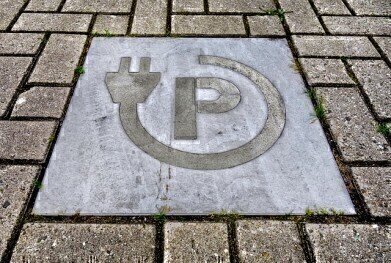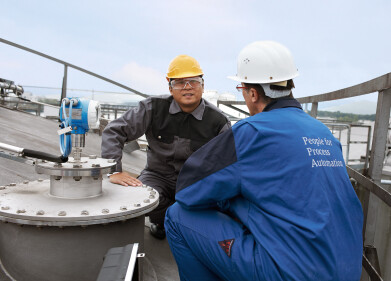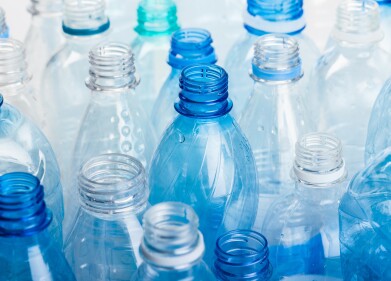Analytical Instrumentation
How Fast Can You Charge an EV?
Nov 10 2019
In a breakthrough for the electric vehicle industry, a team of researchers has developed a new charging technique that can take electric car batteries from dead to full in just 10 minutes. The extreme fast charging (XFC) technology marks a major step forward for the EV industry, which has been hindered by concerns over long charge times and short driving ranges.
The new technique uses an asymmetric temperature modulation (ATM) method to rapidly accelerate the battery charging process. It sees Li-ion cells exposed to high temperatures of 60°C to eliminate Li plating. However, unlike conventional battery charge techniques the high temperatures last for just 10 minutes per cycle, which prevents solid-electrolyte-interphase growth.
"The asymmetric temperature between charge and discharge opens a new path to enhance kinetics and transport during charging while still achieving long life," reads the report published in the journal Joule.
New XFC technology promises 10-minute charge times
Currently, vehicles developed by leading EV manufacturer Tesla take at least 45 to 50 minutes to charge, using advanced "supercharger" stations. The innovative XFC charge technology slashes this time down to just 10 minutes, making electric vehicles vastly more appealing to drivers who are used to sailing into petrol stations and filling up the tank in under five minutes.
"Electric vehicles will only be truly competitive when they can be charged as fast as refilling a gas tank," reads the report.
Harnessing the power of high temperatures at short bursts
One of the major challenges faced by EV manufacturers are the high temperatures reached during the charging process. While high temperatures boost chemical reactions and accelerate charging speeds, they also break down battery components and as a result significantly reduce the lifespan of EV batteries. The team overcame this hurdle by exposing batteries to high temperatures in short bursts. When heated to 60°C for just 10 minutes, lithium ions were able to penetrate layers of graphite in the anode much faster, a key step in the battery recharge process.
Stability was impressive, with the batteries able to withstand 1700 charge and discharge cycles with minimal degradation to components. In the report, the team maintain the technology could not only lower charge times, but also add more than 300 kilometers to the driving range of traditional lithium-ion batteries.
Electric vehicle and battery manufacturers aren't the only industries breaking new ground, with gas chromatography also undergoing exciting change. For a glimpse of the next generation of PGC, don't miss 'Eclipse - Welcome to the future of Process Gas Chromatography.'
Digital Edition
PIN 25.1 Feb/March
March 2024
In This Edition Safety - The technology behind the ION Science Tiger XT - Safety with ammonia and LOHCs as hydrogen carriers Analytical Instrumentation - Discussion on new tribology te...
View all digital editions
Events
Apr 22 2024 Hannover, Germany
Apr 22 2024 Marrakech, Morroco
Apr 22 2024 Muscat, Oman
Apr 22 2024 Rotterdam, Netherlands
Apr 23 2024 Singapore


















